The Trouble with Fitting Trousers
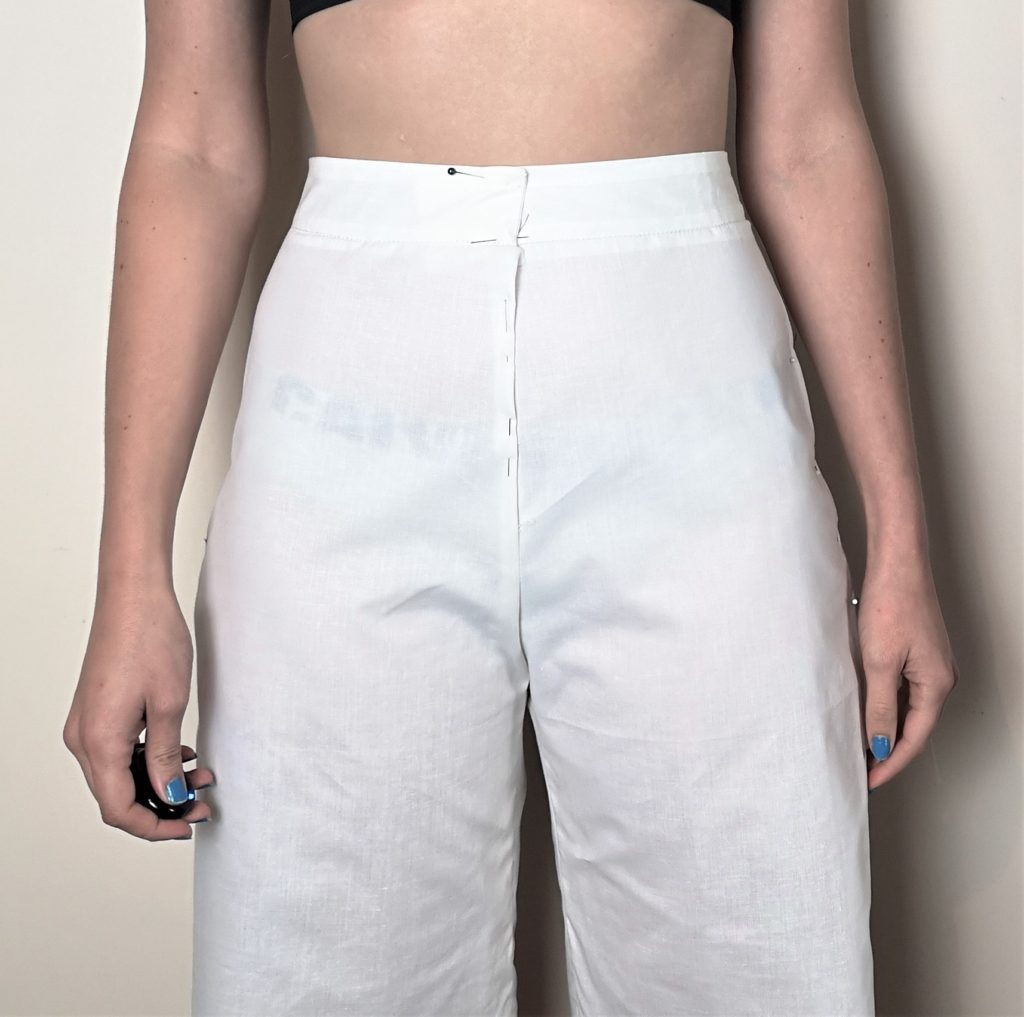
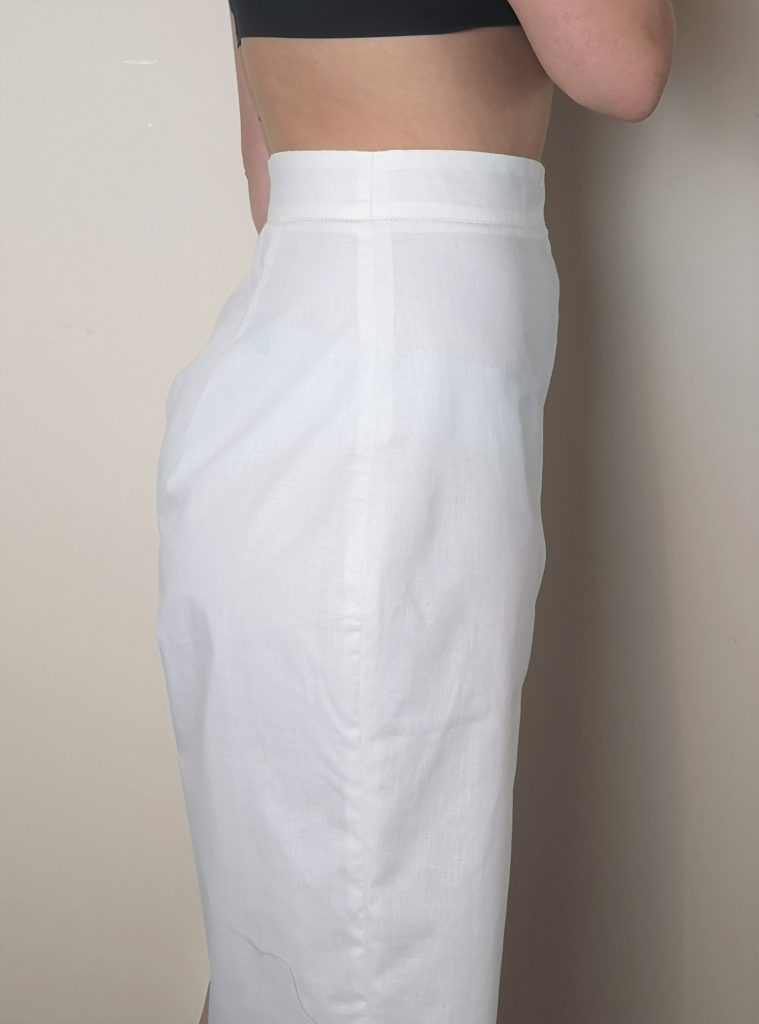
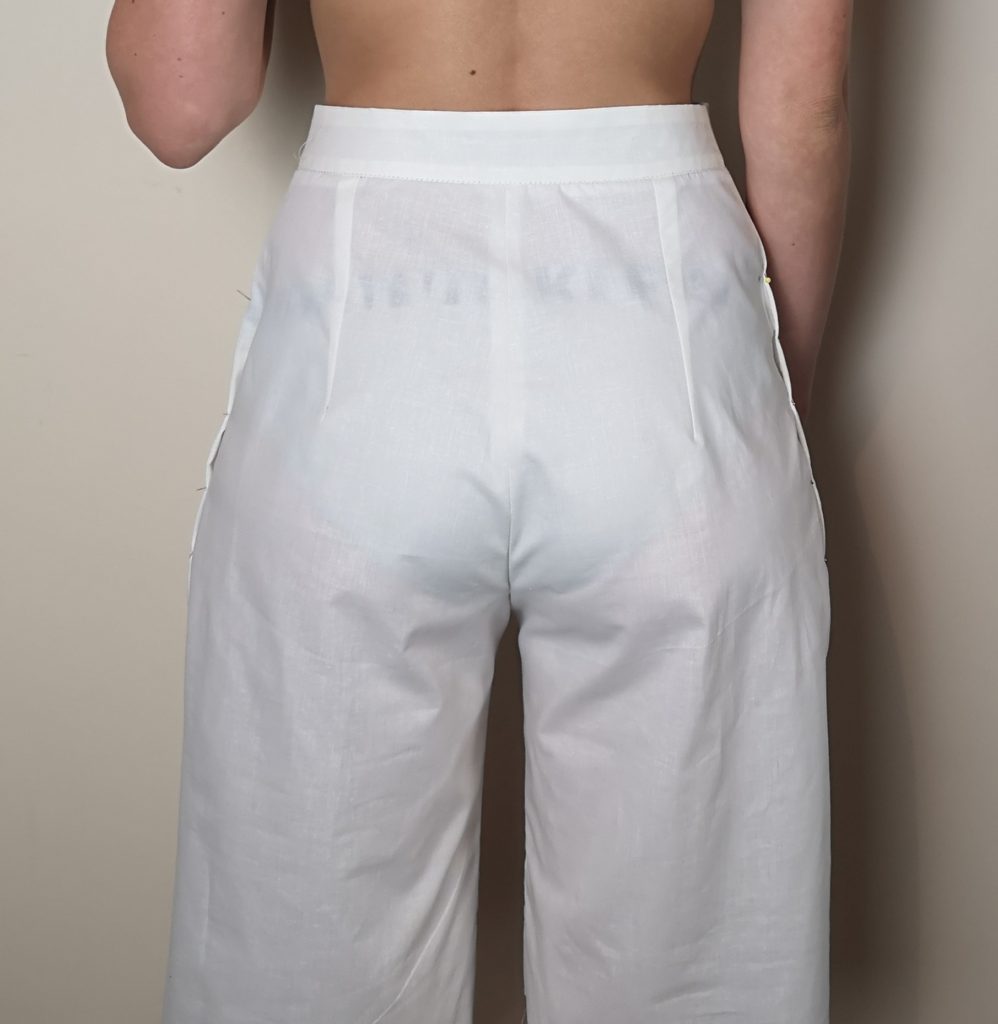
Picture this…you finally find that perfect fair of trousers that you’ve been dreaming of for weeks!
You’re over the moon, you’re giddy, you’re ecstatic! You go to try them on, expecting to look like a total boss in perfectly fitting trousers.
But oh no…shock, horror! Instead of a J-lo peachy booty look a like, you look like you’re rocking that bumster trend from the early 00’s. There’s drag lines all around the crotch and oh dear god… don’t even ask me to try and sit down!
We’ve all been there and we’ve all looked in the mirror and asked ourselves “why is it so hard to make a good pair of well fitting trousers?!”
Well I’m here to give you an answer!
To understand why trousers are such a pain, there are three basic principles that we need to understand:
1. Different body types
2. How the garment functions
3. How the rise functions
Draft & Trousers | Online Course
If you are tired of making endless pairs of trousers that never fit, then this drafting and fitting course is the place for you!
Learn to draft a basic trouser block using your unique measurements, simply follow along with my step by step tutorials and watch the magic unfold on your paper!
The most important (and trickiest) part of drafting blocks is fitting and amending the pattern. Don’t worry, I’ve got you covered with heaps of video tutorials, fittings guides and examples to help you achieve a perfect fit on your trousers.
Different body types
We need to bare in mind that nobody is a standard “sample size” …even fit models! We come in SO many different shapes and sizes, and unless you’ve got a twin you’re totally unique!
I once worked at a brand that had 3 different fit models:
One with a slightly younger, more athletic build.
One who was more mature.
One that had a very slight build.
All were the same size and more or less the same measurements. But they all had completely different bodies and most garments looked different on them, especially trousers!
To try and help with this we can split women’swear into different categories like Tall, Petite, Plus size etc. but even within these groups there is so much variety.
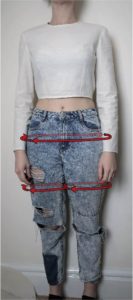
How the garment functions
The second thing we need to understand when fitting trousers is how our 3D form functions. Lets compare it to a simple skirt to help us out. When we fit a skirt we are fitting a single cylindrical shape.
Yes, we have shaping around the top but it’s essentially a tube of fabric so if it’s to big it will naturally drop to where it needs to be and if it’s to tight or to loose it’s as easy as nipping it in or let it out.
Fitting a skirt is quite literal, If you pin something out on a skirt then that’s usually where you amended the pattern.
This is definitely not the case with trousers…
When we fit trousers we are fitting to the cylindrical shape of our waist and hips. But also to the cylindrical shape of each of our legs.
It’s worth noting that fitting the hips and waist gets much harder when you’ve got a piece of fabric through the middle of the cylindrical shape which is essentially holding it in place and preventing it from moving up or down!
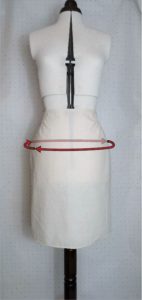
How the rise functions
Thirdly (and most importantly) there’s understanding the dreaded rise!
The main job of the rise is to join all 3 cylinder shapes together while hugging the body. To fit correctly it has to be long enough to loop from the CF waist, under the legs to the CB waist.
To do this correctly, it needs to be the correct measurement. Lets call this the “total rise length”.
And to achieve the correct total rise length, and fit well, there are 2 major requirements:
1. First of all, it needs to have enough height through the upper portion of the rise to reach from the crotch up to the waist. (Plus enough body ease so that we can sit down)
2. Secondly, it needs to have enough width through the lower portion of the rise to comfortably reach from our CB to our CF, through our legs.
These concepts can be a bit tricky to get your head around, so lets look at the pattern to see how it relates to the body.

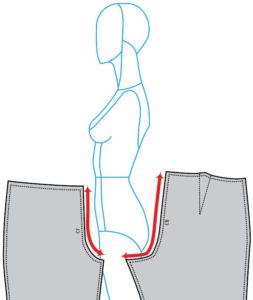
To do this correctly the rise needs to be 2 requirements:
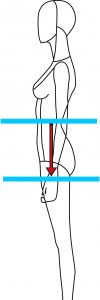
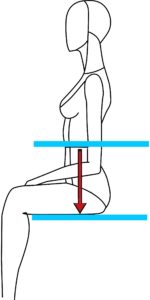

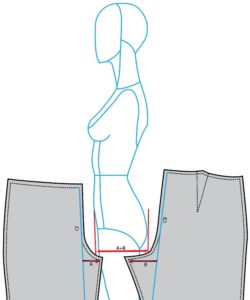
You can see how these 2 things are closely linked. When drafting patterns it’s a balancing act between the two.
It’s possible to have the correct total rise measurement but the wrong distribution.
To help with this I try to think of the rise in 2 sections:
1. Upper rise (from your natural hip and above…this is where you’ll do things like full seat adjustments)
2. Lower rise (from below your hip, where it starts to curve under to go between the legs)
It’s important to get the correct distribution between these 2 areas.
For example you could have the correct total rise measurement but if your lower rise measurement isn’t big enough then you’ll have a very tight lower rise and lots of excess up at the waist.
Equally if your lower rise measurement is to large then you’ll end up with excess fabric on the lower rise and lots of pulling around your upper rise/waist area.
This is a real key bit of pattern cutting theory. If you can understand how the rise functions then it’s much easier to recognise and correct fit problems!
Once you’ve got your head around these 2 points about the rise, we can then start to tweak the shape of the curve of the rise. Some people may find they have a flat or more prominent pelvic bone or that they carry their booty higher or lower. We may also find that some people have a bit more of a rounded tummy or a hollow back. The variations in our bodies are endless and these final tweaks can make lots of difference.
A good place to start is either draft your own trouser block or buy a pre-drafted block that you can fit and amend to fit your body.
Draft & Trousers | Online Course
Learn more about how trousers function, how to recognise fit problems and how to fix them on your pattern in my online trouser drafting and fitting course!
Expect step by step video tutorials, fittings guides, direct access to your teacher (that’s me!) and heaps of tricks and tricks to help you create the perfect pair of trousers.

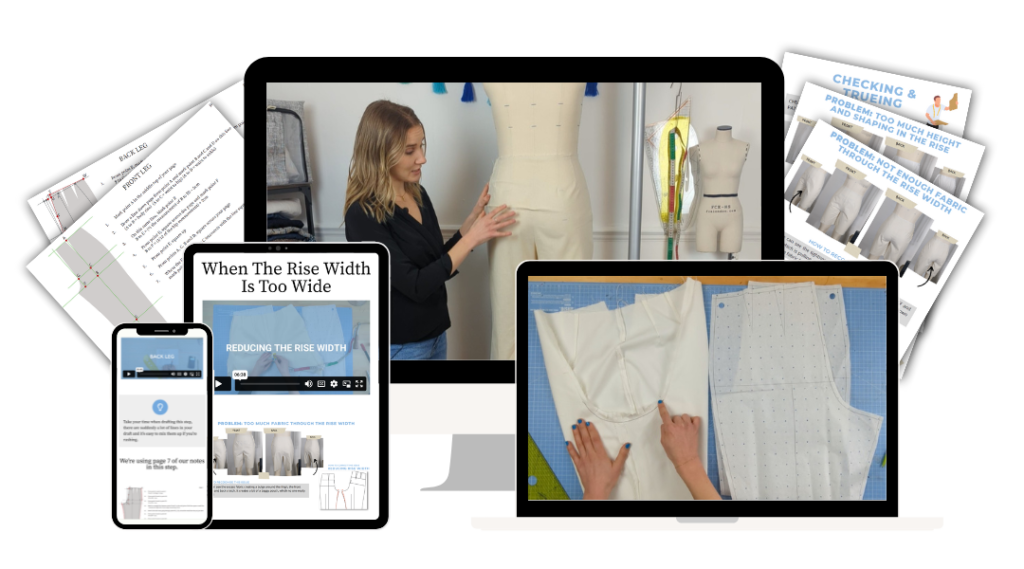
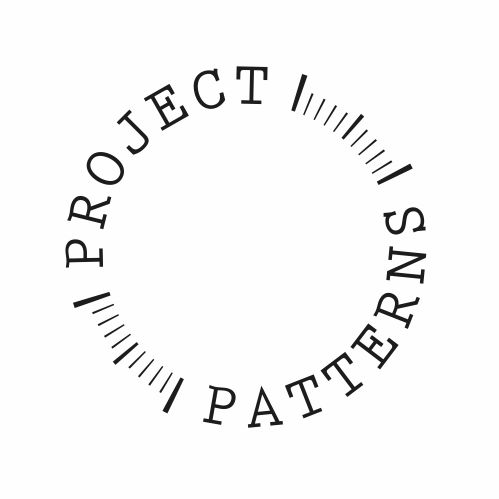
This was very helpful. How do you work out the front and back extension to the crotch
I’m glad you found it useful! To be honest, It’s a hard thing to measure and I find it’s best to do it by trial and error. One way to estimate is to remember that your extension and your crotch depth together make up your total rise. So if you measure your total body rise and measure your crotch depth, then subtract your crotch depth from your total body rise then you’ll get a rough estimate of the crotch extension. It’s not full proof but it will give you a rough starting point, then you can use trial and error to perfect it.